.
This popular breed of dog is a well-muscled, mid-sized, elegant dog with excellent endurance and stamina. The Dalmatian is slightly longer than tall according to the European (FCI) standard. The American Kennel Club standard states that the dog should be more square, as long from forechest to buttocks as it is tall at the withers. Shoulder should be well laid back and rear angulation should match the front with the stifle well-bent indicating good angulation in the rear. The feet are round and compact with well-arched toes. The nails are white and/or the same color as the spots. The ears are thin, tapering toward the tip, set fairly high and carried close to the head.
.
The Dalmatian coat is short, fine, and dense. Dalmatians shed considerably, and shed year-round. The short, stiff hairs shed by Dalmatians will weave their way into clothing, upholstery and nearly any other kind of fabric. While consistent grooming with a hound mitt or curry can lessen the amount of hair that Dalmatians shed, nothing can completely prevent the shedding.
.
Occasionally, smooth-coated Dalmatians will produce long-coated offspring who shed less often. These dogs are still purebred Dalmatians but cannot be shown.
.
.
.
.
Dalmatian Dog Club Directory
.
- Schedule of activities and shows, health information, breed standard, and a members' forum.
- News, membership application, and show results. Illinois.
- Breed history and standard, rescue information, suggested reading list, frequently asked questions, and health articles.
- Breed description and standard, membership information, what to look for in a breeder, and Canadian standings.
- Breed history, tips for owners, events calendar, photographs, and links. Indiana.
- Information about the breed and club activities.
- Tips for those looking to buy a dog, photographs, welfare information, articles, breed standard, and their code of ethics. Australia.
- Breeder directory, suggested reading list, events calendar, and rescue information.
- Club information and links.
- Breed standard, photographs, schedule of events, and frequently asked questions.
- Breed information and show results. North Carolina.
- Newsletter, code of ethics, club history, message board, breed information, photographs, and how to join. Australia.
- Breed description, member profiles and brags, and an events calendar. Colorado.
- Photograph gallery, events calendar, list of current members, and club history. Pennsylvania.
- Schedule of events, breed description, and a list of members. Minnesota.
- Photographs, events calendar, breed information, and newsletters. Serving Maryland, Virginia, and Washington D.C.
- Pictures, pedigrees, kennel history, litter announcements, and news. Finland. [English and Finnish].
- Pictures, pedigrees, and show results. United Kingdom.
- Contains kennel history, show results, photos and litter announcements. Gwent, South Wales, United Kingdom. [German and English]
- Specializing in liver-spotted dogs. News, pictures, and a description of the breed. United Kingdom.
- Show news, photographs, pedigrees, and litter announcements. Bulgaria.
- Pictures, show news, pedigrees, and breeding plans. Slovenia.
- Pictures, pedigrees, and news. United Kingdom.
- Photographs, pedigrees, and general information about the breed. Argentina.
.
.
.
.
.
.
.
.
.
.
.
.
.
.
.
.
.
.
.
.
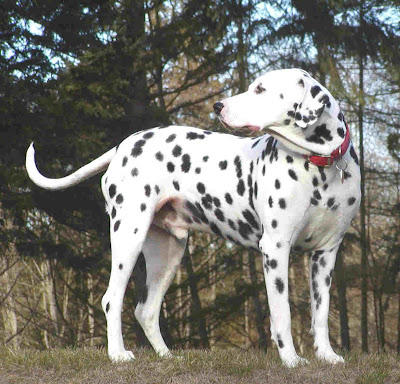

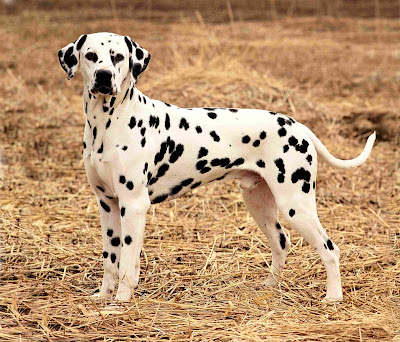

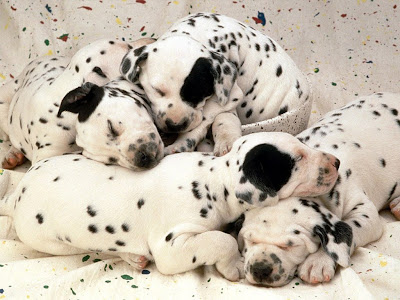

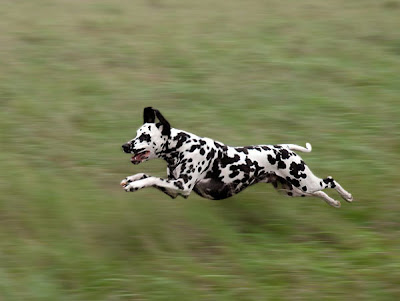
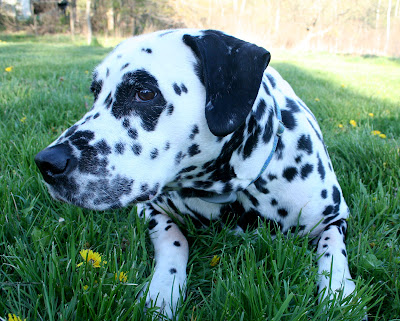












No comments:
Post a Comment